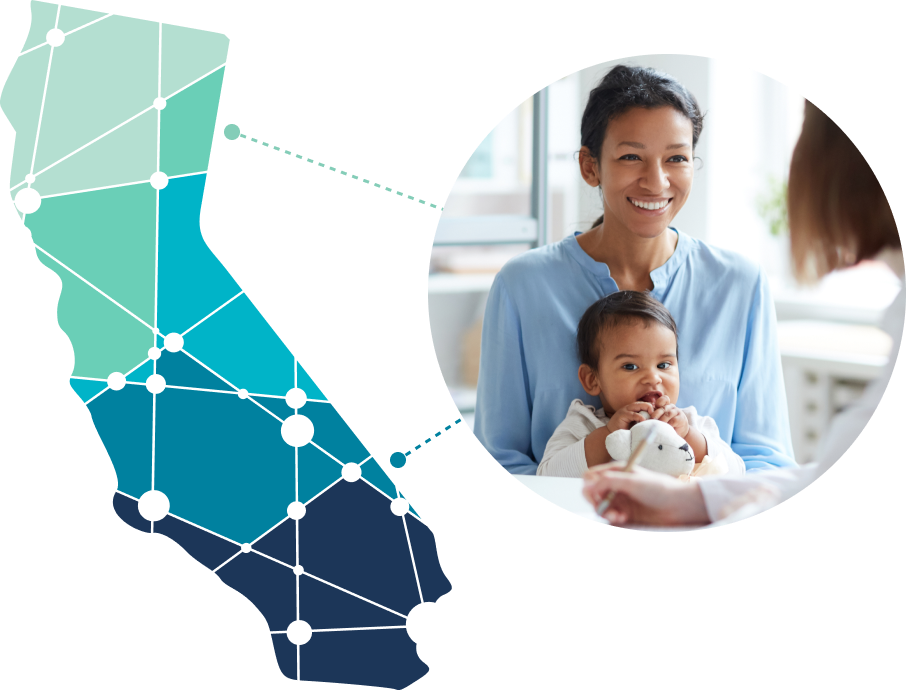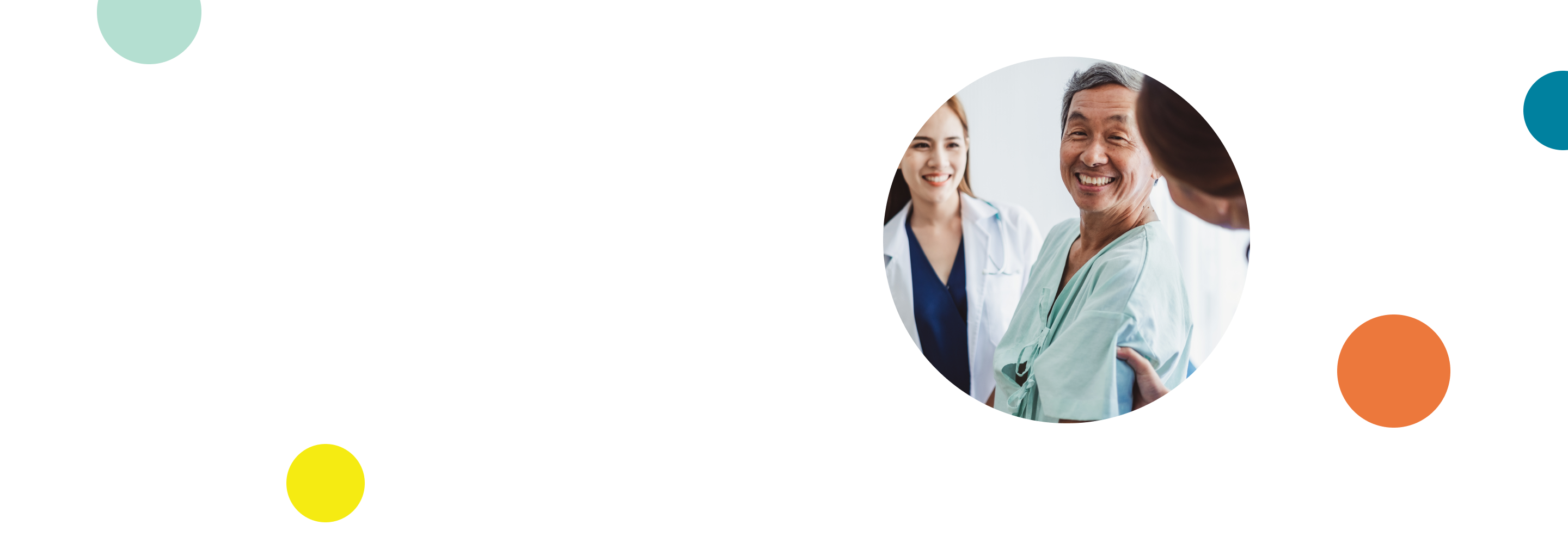Every Californian, no matter where one lives within our state, should be able to walk into a doctor’s office, a county social service agency, or an emergency room and be assured health and social services providers can access the information they need to provide safe, effective, whole-person care—while keeping our data private and secure.
Welcome to the DxF.






